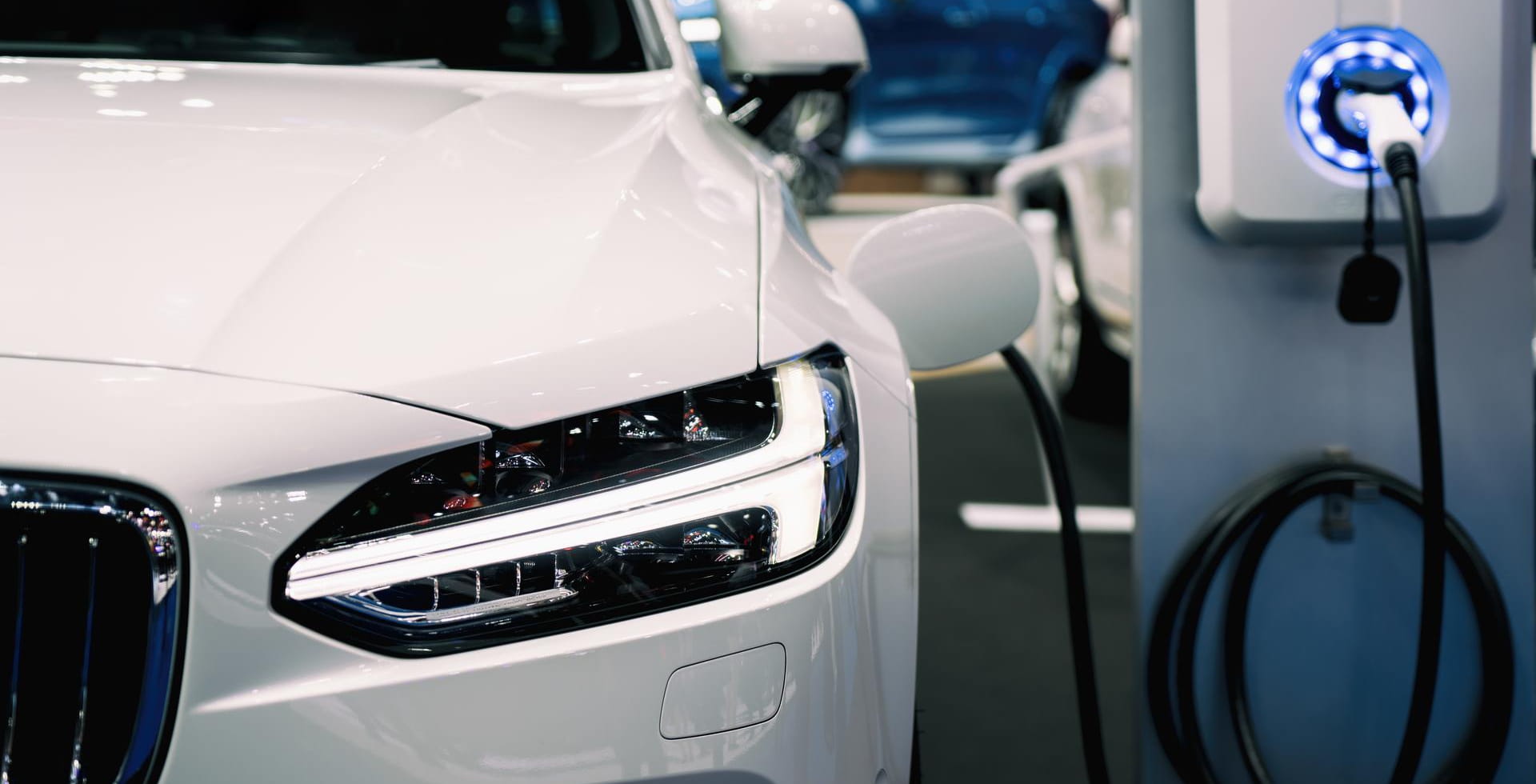Sustainability | ~4 min read
Can electric cars go the extra mile?

The electric car market is growing, but consumer demand is focusing on cars that can travel further on a single charge. Could improving vehicle efficiency accelerate the uptake of electric cars?
Electric vehicles (EVs) are becoming a familiar sight, with 17 million units sold globally in 20241 representing over 20% of cars sold worldwide. As drivers’ interest in electric cars has increased, discussions have focused on reducing emissions and improving the sourcing of battery components.2 However, one critical topic has largely been overlooked until now – energy efficiency.
Energy efficiency has become a more significant focus for auto manufacturers for two reasons. First, fuel efficiency regulations and second, drivers want to travel further before needing to charge their car. These factors are interlinked as improving efficiency increases the range on a single charge.
Driving forces
To optimise energy efficiency it’s important to examine two areas where manufacturers have been working towards improvements: rolling resistance and aerodynamic drag.
- Rolling resistance is primarily influenced by vehicle weight and the friction between tyres and the road. Tyre manufacturers have responded by developing “low rolling resistance tyres” which can reduce fuel consumption by up to 9%3. However, EVs are typically heavier than internal combustion engine (ICE) vehicles due to their batteries.
- Aerodynamic drag refers to air resistance as the car moves and depends on speed, frontal area, and a calculation called drag coefficient. Car makers have worked to lower this drag coefficient by streamlining vehicle shapes, including door handles and mirrors. EVs have an advantage here in being able to reduce the vehicle's frontal area because they require less space for engine cooling and can use smaller front grilles than traditional cars powered by ICEs.
EV's lead on efficiency in converting 77% of energy into motion, compared to ICEs which convert 12-30% of fuel energy into mechanical power.4
Contributing to this difference is lower energy loss to heat and “regenerative braking” – a feature of EVs where the energy used in braking is recaptured for use in battery charging.
The road ahead
EVs still need the necessary tyre friction for braking and aerodynamic downforce for cornering, further energy efficiency improvements are possible in both areas. But to increase the attractiveness of electric cars, we expect to see a focus on reducing vehicle weight to increase range along with advances in faster charging.
1 https://www.iea.org/energy-system/transport/electric-vehicles
2https://www.allianzgi.com/en/insights/sustainability-blog/driving-the-next-phase-of-electric-vehicles
3https://energy.ec.europa.eu/system/files/2015-02/FIN%2520User%2520guide%2520-%2520tyres_0.pdf
4https://www.fueleconomy.gov/feg/evtech.shtml






